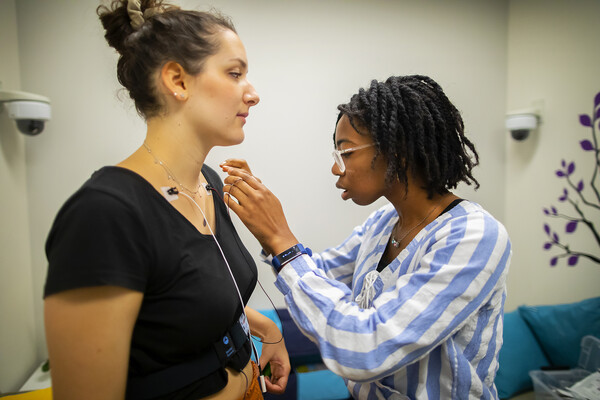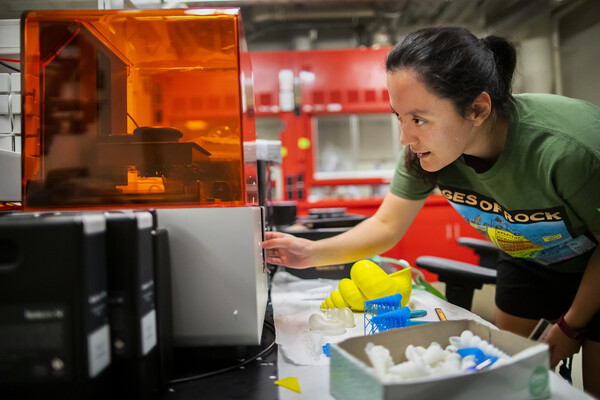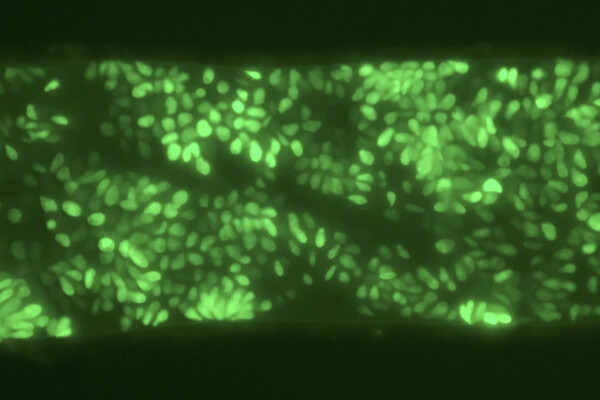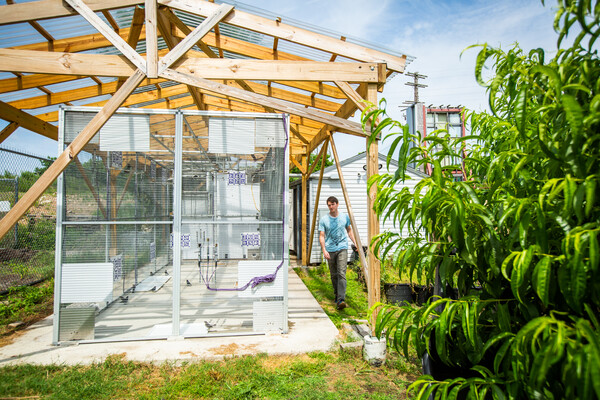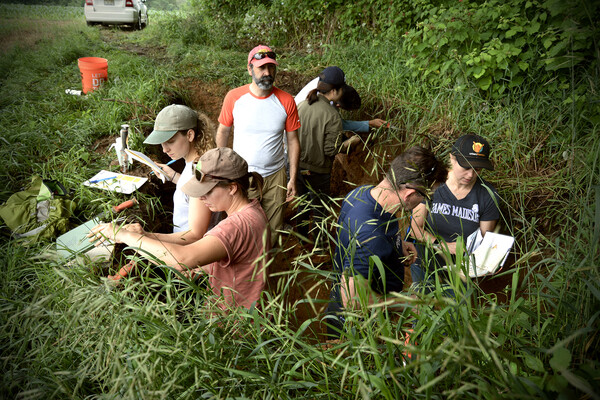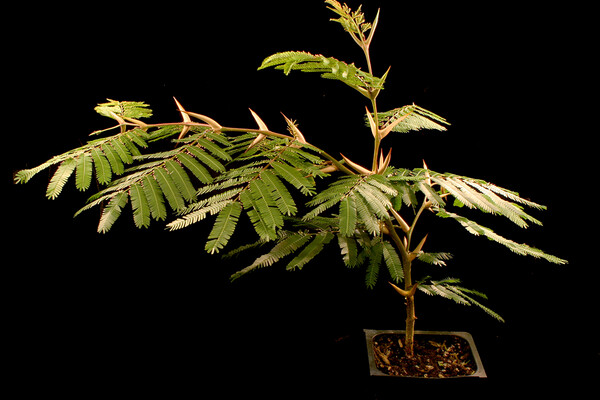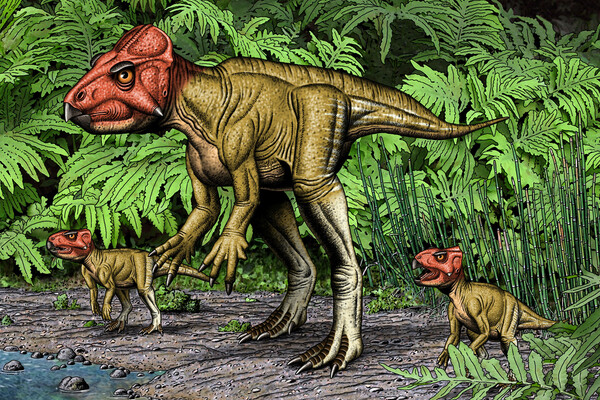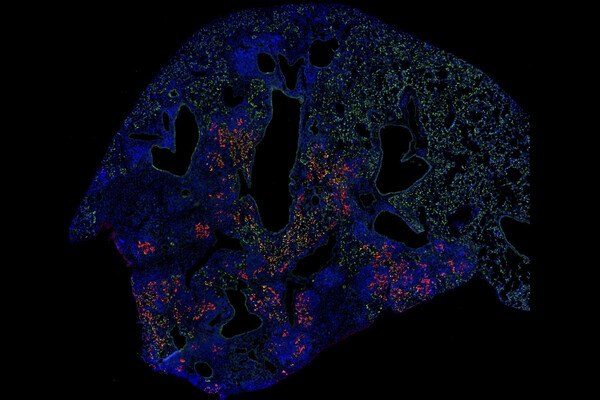
Researchers successfully transplanted a special type of lung cell called AT2 cells (labeled in green) from healthy mice into mice that had experienced a severe flu infection. The AT2 cells that engrafted (in red) appear to have helped the animals recover more robustly. (Image: Aaron Weiner/School of Veterinary Medicine)


